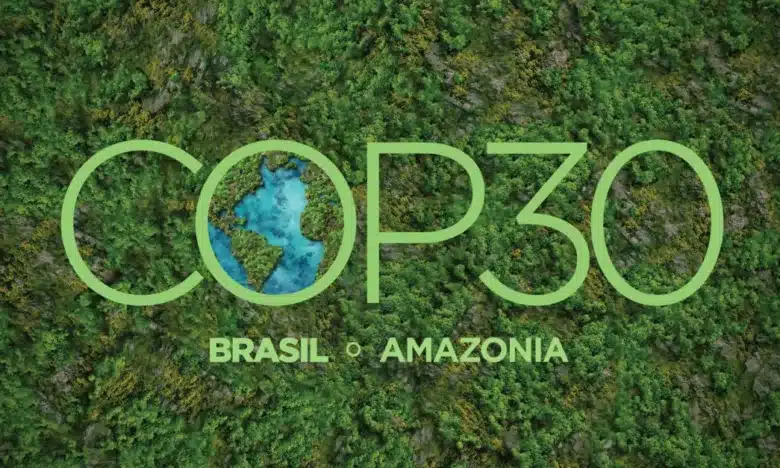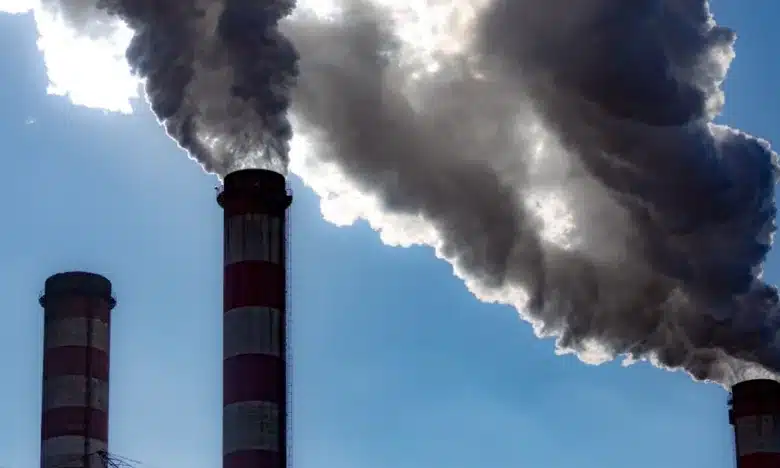
What You Need To Know About PH’s Energy Pact With Saudi Arabia
- November 17, 2024
The Philippine government’s recent energy partnership pact with the Kingdom of Saudi Arabia is seen as a significant step towards our country’s gradual shift to renewable energy. While the memorandum of understanding between the two countries covers the entire spectrum of energy – including fossil fuels – its particular emphasis on renewable energy and alternative fuels can help the country achieve its long-term energy goals.
The Philippines’ energy mix target of 50% renewables by 2040 now appears more feasible, thanks to this energy partnership with Saudi Arabia. Department Of Energy (DOE) Secretary Rafael Lotilla is very enthusiastic about this pact and what it means to the country, as he recently shared with April Lee-Tan in a video interview.
“We agreed that, in three months’ time, we’re going to have a roadmap on how to implement this memorandum of understanding,” Secretary Lotilla said. He went on to talk more about the energy deal and how it impacts the country.
Here are the most important things we know so far:
1. Saudi Arabia Is The Ideal Energy Partner
The Saudi Arabian Oil Company (ARAMCO) owns 40% of the oil market, making Saudi Arabia one of the top oil producers in the world. It has also been in the cutting edge of renewables in recent years, which is why the Philippines were eager to partner with them.
“Their own target is to have 50% of their energy source from renewables by 2030, so that’s in fact more ambitious than our own targets,” Secretary Lotilla said. “That was what impressed our President when he attended the first ASEAN-Gulf Council meeting in Saudi Arabia.”
Oil-rich Saudi Arabia shifting away from fossil fuels and to more sustainable energy sources is indeed a welcome development, and not to mention an inspiring one. It is now heavily invested in renewables, including its first utility-scale solar project that can produce 300 megawatts of power and its first utility-scale wind farm that can generate 400 megawatts.
2. This Partnership Can Help Fill Significant Gaps In Our Energy Mix
The Philippines has been making significant progress in integrating renewables into its energy mix. But certain challenges remain, particularly with how our existing renewable energy can be harnessed effectively so that more Filipinos can benefit.
Building more transmission lines to properly distribute renewable energy is key as Secretary Lotilla told April Lee-Tan in his recent interview. “Part of the delay that we’re experiencing is because some power plants using renewable energy cannot connect to the grid because of the absence of transmission lines,” he said.
The hope is that this energy partnership can help us bridge this gap. Saudi Arabia is said to be very keen in increasing our supply of renewables, even providing us with cleaner and more sustainable sources of aviation fuel in the future. We can now imagine flying domestically or internationally without leaving behind a huge carbon footprint.
3. Our Energy Sector Is Conducive To Foreign Investments
Our country now allows 100% foreign ownership of renewable energy projects, making our mostly untapped potential for solar, wind, and hydro power more attractive to investments and partnerships across the globe. Secretary Lotilla reveals that the United Arab Emirates also has a memorandum of agreement with the Philippines and is investing in renewable energy in the country.
He also mentions the different market mechanisms for clean energy in the country that foreign investors find not only attractive but educational as well. “These different markets are not readily available in other countries,” Secretary Lotilla said, adding that foreign investors have much to learn from us when it comes to implementing renewable energy.
“That is a major attraction. What they are asking from us are questions relating to minimizing regulatory risks and political risks,” he said.
4. Progress Is Also Being Made On The Local Level
On the domestic front, our country is doing everything it can to pave the road to 50% renewables by 2050. Secretary Lotilla cited a couple of new developments that can complement the influx of foreign investments on renewables.
One of these developments comes from the Department of Environment and Natural Resources (DENR), which recently signed a memorandum of agreement with the DOE to grant them access to certain offshore areas for potential wind power projects. This will make it easier for investors, both foreign and domestic, to explore the best areas to harness wind energy.
Secretary Lotilla also noted that an inter-agency effort to create a model ordinance for renewable energy projects has been underway. This will serve as a guide for local government units in implementing renewable energy projects.



